Beginners Guide to Beers
If you’ve been sipping Bud since you were but a wee lad or lass, there’s a whole world of beer styles you’re missing out on. Even if you think those “fancy beers,” as my uncle calls them, aren’t for you, there’s no harm in learning a little more about the differences.

Beer.
Once the refuge of dads and grads, it’s become a booming niche, with seemingly more styles than bubbles in a pint glass. Whether you enjoy a wide variety of brews, are loyal to your favorite flavor, or have never had a drop to drink, the history and the diverse libations that fall under the umbrella of “beer” are impressive and fascinating. Here’s a brief guide to beer styles, enjoy them as you see fit.
Lagers
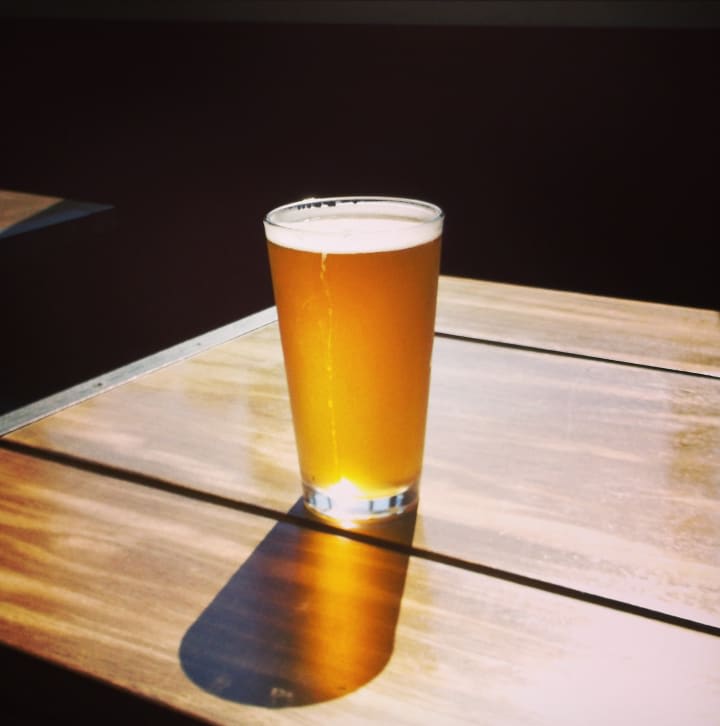
The new American classic. Ever had a Budweiser? Ever go to a party in college? Congratulations sir or madam, you’ve had a lager. This pale brew is incredibly common, from the Bud mentioned earlier to PBR to Coors and everything in between. Surprisingly, this lightly flavored beer is difficult to brew. Like most liquors, the hardest thing to do is remove the flavors and make it as smooth as possible, and it’s no different for lagers.
Bocks
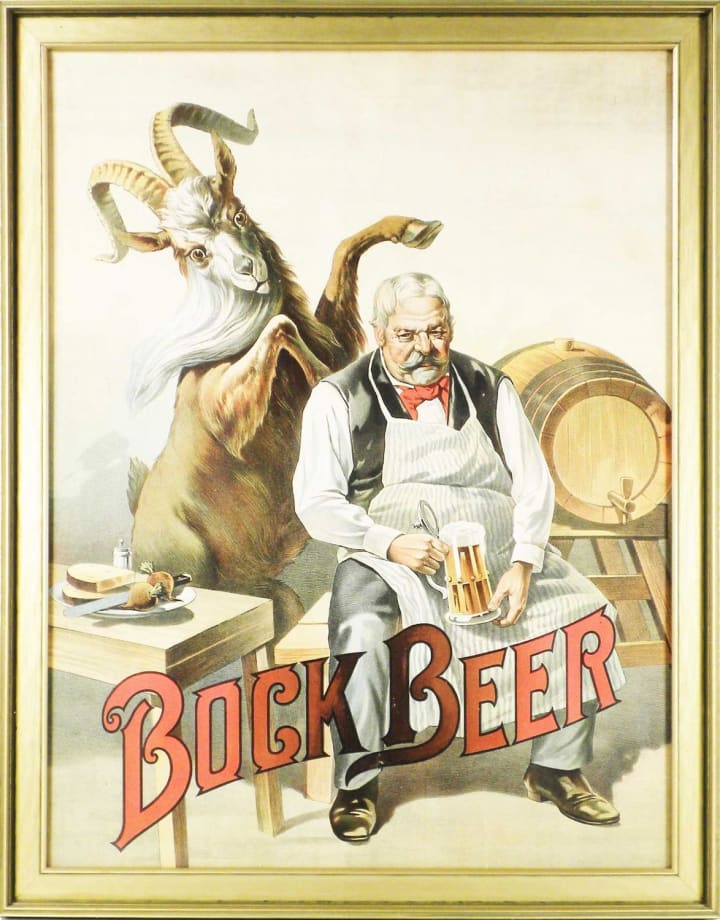
Bocks are the light dark beer. Light in flavor, with an emphasis on the maltiness, but with a caramel dark color. This is a great end of the day beer, and it goes down easy with just a hint of sweetness. Like all lagers, this is best when it’s ice cold.
Pale Lagers

Pale lagers are a relatively recent innovation, stemming from the increased demand for craft brews. The hops come through more than in a traditional lager, as does the carbonation. Perfect for the summer, this fizzy and light lager should have a permanent home in the drink holder on your lawn mower, dad.
Dark Lagers

This is like a compromise between an ale and a lager. A little more flavor but not nearly as heavy as their ale cousins, a dark lager has a mild taste with a little more carbonation. They’re similar to bocks, and if you want a little more flavor or a lager that’s a little more interesting but without taking the ale train to flavor-town, dark lagers are definitely one of the beer styles worth checking out.
Ales
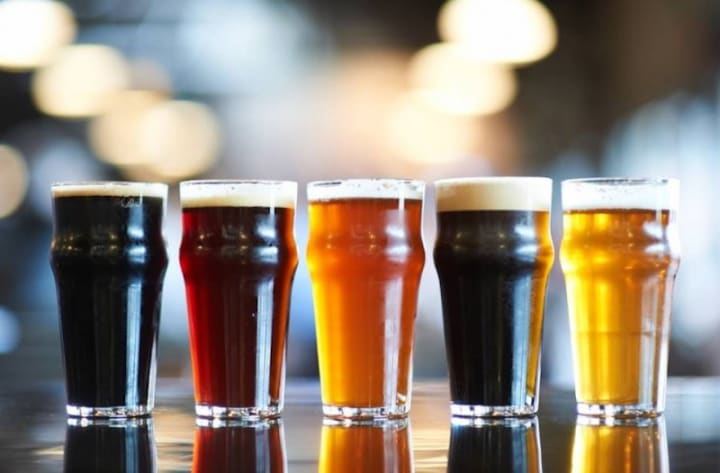
Once you’ve graduated from lagers, or if you just want something a little different, you’ll want to find yourself a good ale. The problem is that there are seemingly infinite possibilities ensconced under that boozy umbrella.
It’s helpful to divide them by flavors. You have your hoppy ales and your malty ales. If you like strong flavors, that could be bitter or floral, you’ll go with hoppy. On to pale ales for you friend. If you like something a little heavier and smoother, go with the darker, maltier ales. Stouts, porters, ambers, and browns are for you. If you like something a little sweeter, but still with a hop profile, check out the wheats and Belgians. If you’re really bold, and want something totally different, go with a sour.
Amber Ales

Ambers reside in a no man's land between lagers and ales. They have the mild flavor of a lager, but are a little bit thicker, with a malt flavor, similar to a darker ale. The term amber comes from the color, achieved with an amber malt. It’s a nice balance of malt and hops, perfect for someone venturing into ales for the first time.
Browns

Similar to amber ales, browns have a deeper brown color and a mild flavor. They feature a mild flavor with a similarly mild bitterness. It’s popular in Great Britain, where it originated, but has taken on a new life with U.S. craft brewers. It’s easy to drink, and the lower alcohol content than similar beers means you can enjoy the flavorful brew without getting too silly.
Porter
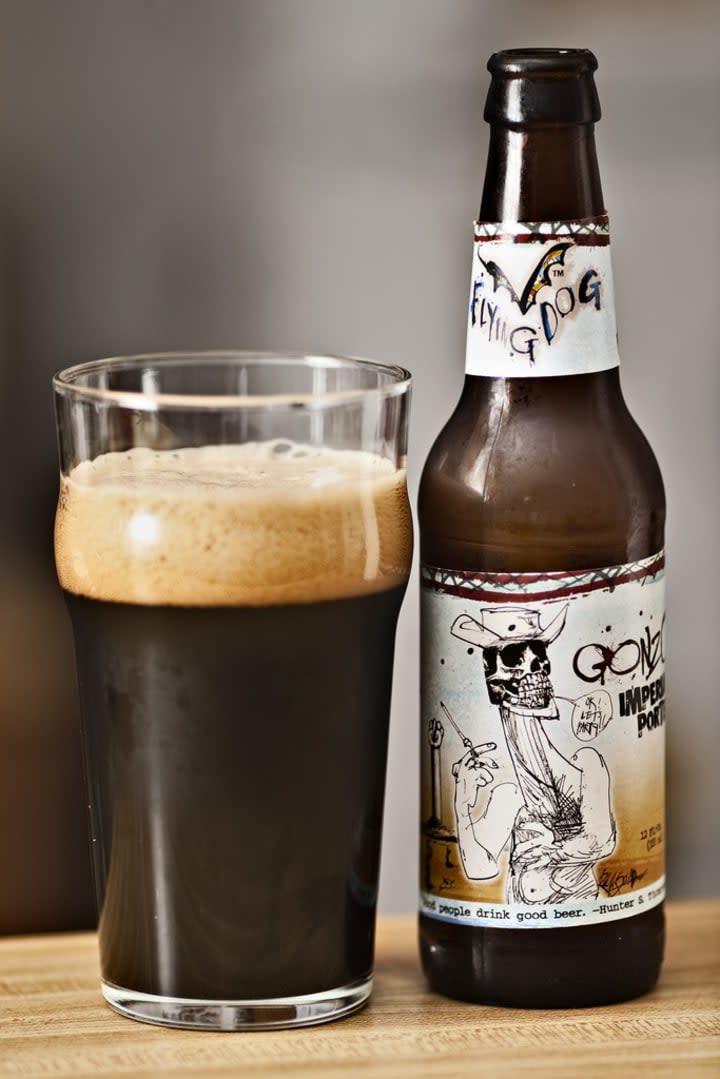
This is a deeper brown ale with a complex flavor. It’s another British innovation, originating, it’s thought, in the 1700s, branching off of the original stout. It gained popularity in World War 2 when rationing caused brewers to change their recipes. The resulting porter was immediately popular and was brought across the pond. It’s a fantastic winter beer, thick and flavorful. Be careful though; this heavy beer will weigh you down with a little extra around the middle.
Stout

When people imagine a dark beer, they inevitably imagine a thick, heady stout, usually in a Guinness glass. Guinness is the stout's poster boy, after all, and it’s a damn good one.
They’re strong, often with an alcohol content of over six or seven percent, and it’s heavy. A common test is to see if the head, or the foam on top of the beer, holds its form. It’s creamy and rich, and you can taste its lengthy history. If you find that you enjoy a good stout, there are any number to try. Chocolate, oatmeal, and coffee stouts are all very popular, with other flavors being added all the time.
Pale Ales
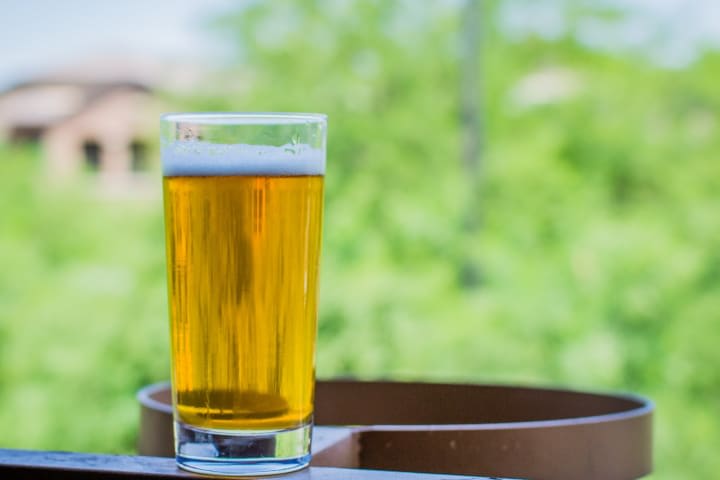
The term “pale ale” is a bit of a misnomer. Pale connotes bland or flavorless, and these hoppy beasts are anything but. The term actually comes from the 1700s, when beers were dark and heavy. Pale ales were relatively pale at the time. Their flavor ranges from a mild bitter to a wildly complex floral hop flavor. They’re arguably the most divisive of beers, since their hop flavor is so pronounced, with their advocates gulping thirstily the strong hops while the detractors spit in their floral bitterness. It encompasses a lot of wildly different beers, from the strong in alcohol but mild in flavor blonde ale to the mighty hop giant the India Pale Ale. These ales actually warrant an article of their own.
Belgians

When it comes to beer styles, many are aware that Belgium is big in the beer game, but few realize just why their name gets tossed around. They’ve been in the game since the renaissance, and they’re picky; each beer has it’s own special glass to get the most flavor and subtlety out of the brew. They’re often very smooth beers, flavored primarily by the wheat and malt.
Especially famous, and often topping lists of best beers and beer styles, are the legendary Trappist breweries. The attention to detail these monk-run breweries offer is unparalleled, and their beers show the hard work with their smooth but strong flavors. They’re easy drinking but high in the ol’ alcohol content, so pace yourself, buddy.
Wheats

Wheat beers make for a great entry point for novices when exploring beer styles. They make a good entry point because the prevalence of the wheat in the flavors make them sweet and crisp. Remember how lagers are best when they’re ice cold? Similar story with wheats. They often have a fruity taste to them, and a slightly lower alcohol content, which makes them the perfect beverage on a sunny summer afternoon.


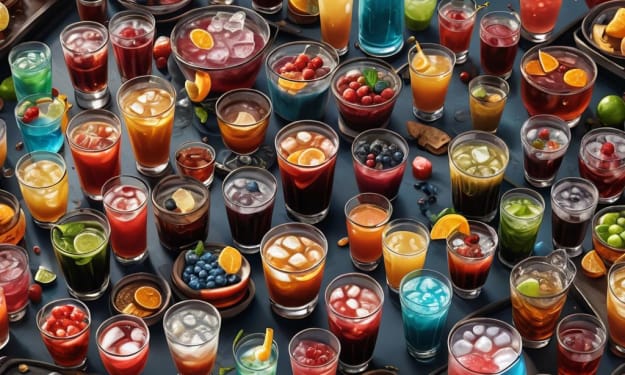


Comments
Vala Flynn is not accepting comments at the moment
Want to show your support? Send them a one-off tip.